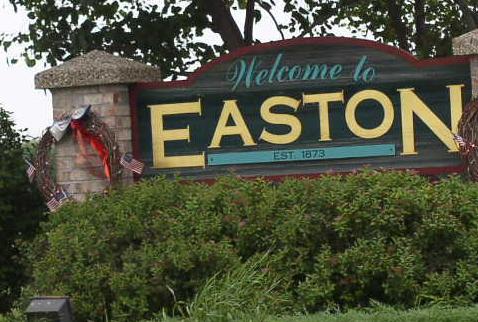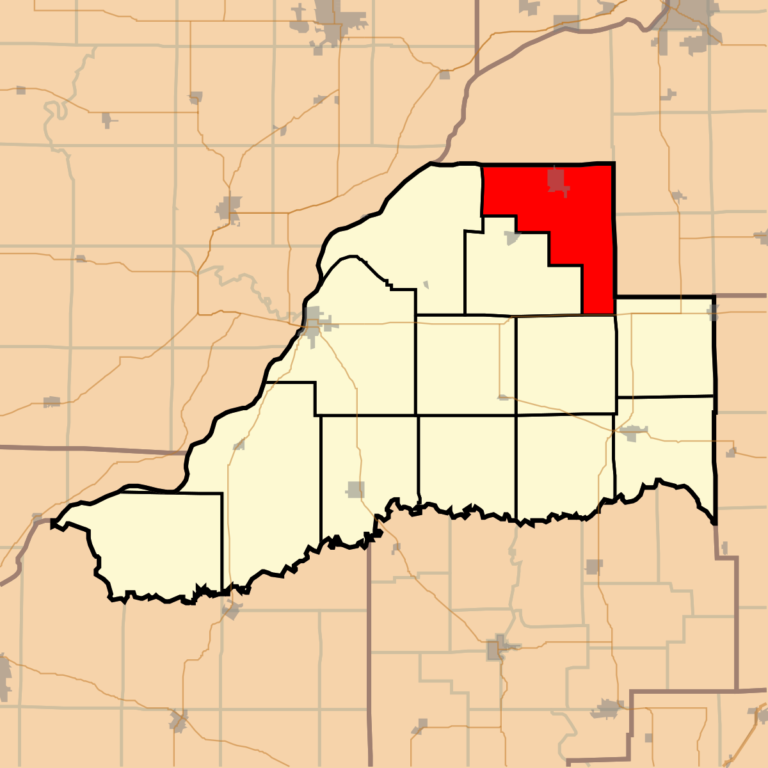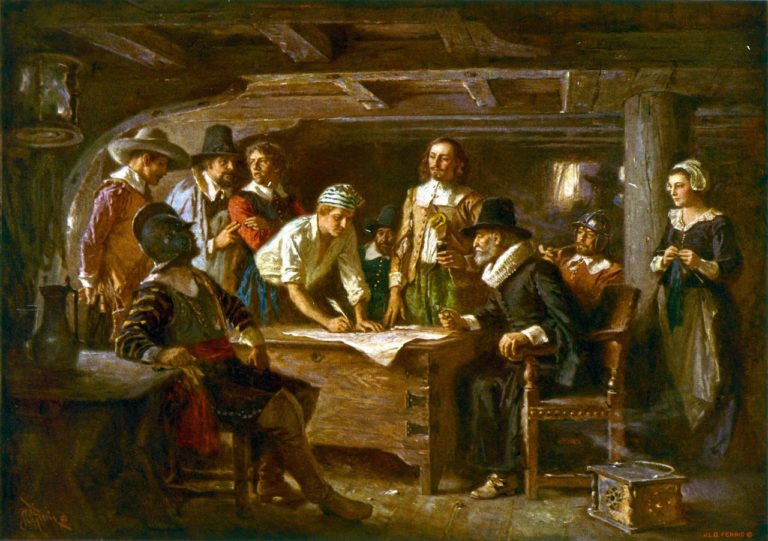Early History of Mason County- History of Easton
This is Mason County, Illinois from 1854 to circa 1880. PLEASE SHARE with others.
THE VILLAGE OF EASTON.
This village is situated on the C., H. & W. R. R. about midway between
Havana and Mason City. It is very near the geographical center of the county,
and from this fact it is thought by many that should the question of the removal
of the seat of justice again come before the people of the county, a large vote
would be polled in favor of Easton. The town site was surveyed and platted by
John R. Falkner for James M. Samuels, in 1872. The original plat contained
about twenty acres, to which an addition has since been made on the north and
east. Edward D. Terrell began the construction of the first building in the
village, in the latter part of November, 1872, but did not get it completed and
ready for occupancy until the 1st of March, 1873. He then opened out a
stock of general merchandise and has since continued one of the leading merchants of the village. Diebold Furrer, in the meantime, erected a small building
and feeling that the enterprise needed spirit to make it a complete success, rolled
in a few barrels and opened out a saloon. He is at present a citizen -of the
village, engaged in the sale of dry goods and groceries. Henry Cooper built
the first private residence in the village during the summer of 1873. It was
quite ample, designed for a boarding-house, and is now owned and operated by
Charles C. Dorrell as the Easton House. A drug store, in name, was started
in the summer of 1874, by David Carter, but was in fact little less than a second-class doggery, the life of which was somewhat ephemeral. James M.
Samuels built a blacksmith-shop during the summer of 1873, and was the first to set his bellows roaring in the village. A fine steam elevator, costing $7,000, was built by Low, McFadden & Simmons, in 1874. A large amount of grain
is shipped annually from this point, the territory from which it “draws”
extending north two-thirds of the way to Forest City and south to the mouth
of Crane Creek on the Sangamon bottom. Low & Foster, of Havana, are at present engaged in handling grain at this point. A neat frame school building,
costing $3,000, was put up in 1877, and is an ornament to the village. A substantial frame church, free to all denominations, is now in process of construction, which, when completed, will cost about $2,000. The post office was established in 1873, and E. D. Terrell was the first Postmaster. The first physician
to locate was Dr. C.. W. Houghton, formerly of Newmanville, Cass County.
Dr. L. T. Magill, a promising young physician, formed a copartnership with
him in 1876, and these two are the representatives of the medical fraternity in
the village to-day. Easton was laid out and recorded by the name of Shermanville, but when a petition was sent to the Post Office Department asking for the
establishment of an office by the name of Sherman, owing to the fact that an
office of the same name already existed in Sangamon County, the petition could
not be granted. After various names had been proposed, Mr. Samuels, as proprietor of the village, requested 0. C. Easton, Postmaster at Havana, to aid in procuring the establishment of an office and granted him the privilege of naming it. Easton elected to name it for himself. Soon after the post office was established,
the name of the village was changed to correspond, though it stands recorded
to-day as Shermanville. .No public sale of lots was ever held, the proprietor
preferring to superintend largely the interests of the village himself, and to introduce that class of citizens which gave promise of thrift and enterprise. It
is doubtless owing to this, that so few of that objectionable class found in most
small villages are to be met with here. It has two general stores, two drug
stores, one hardware and two smith shops, a boot and shoe shop, one saloon, one hotel and a citizenship of about one hundred. Situated as it is in the
midst of the finest agricultural district of the county, it may yet, at no very
distant day, grow to rival the more important towns of the county.
Briggs’ Station, three miles west of Easton on the same line of railroad, was laid out in April, 1875, but with the exception of a residence, a small store- room, in which is kept a general store, and a small building for the handling of
grain, all owned and operated by Paul G. Briggs, the proprietor, no other
improvement marks the site. A post office was established here in 1877,
which is a matter of some convenience to the immediate neighborhood. Poplar
City, laid out by Martin Scott in 1873, on the extreme west line of the township, has failed to rise into a village of any importance. In its palmiest days,
its population did not exceed twenty-five souls, and recently it seems to have
entered upon a decline. Some grain is shipped from this point. A post office at one time exeisted here, but latterly has been discontinued





Interesting.
Thanks for sharing.